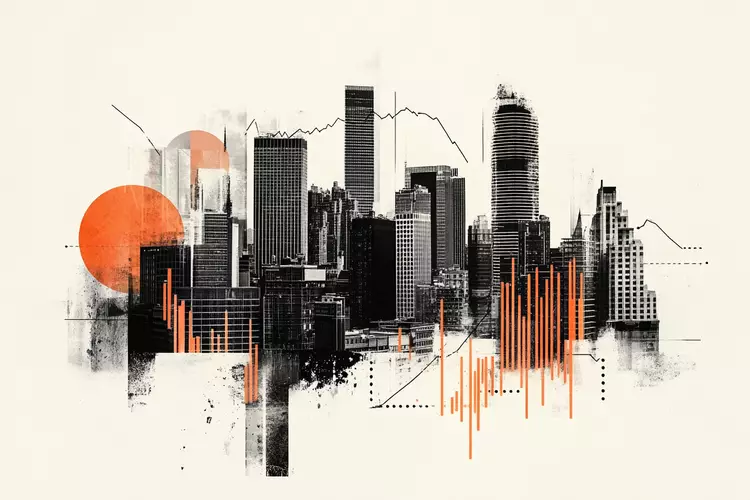In an unexpected turn of events, the financial markets experienced a substantial jolt as the Dow Jones Industrial Average plummeted by nearly 1,000 points on Friday. This slide followed Israel’s surprise military offensive against Iran, an action that not only escalated regional tensions but also sent shockwaves throughout the global economy. Investors, already anxious about geopolitical instability, quickly moved to reassess their positions, leading to a sharp decline that erased the week’s earlier momentum in the markets.
Market reactions like these are often immediate and severe. In this case, the Dow, which had enjoyed a four-day winning streak bolstered by optimism around technological advancements and AI-driven investments, abruptly shifted gears. The prevailing trend of growth-driven equities, which had reclaimed confidence in a volatile post-tariff environment, faced an unanticipated setback.
Consumer Sentiment—a Beacon of Hope
Amid this chaos, there was a silver lining. Consumer sentiment data released by the University of Michigan revealed a performance that exceeded expectations, coming in at 60.5 against a predicted 53.5. This surge in consumer confidence provided some relief, indicating that Americans are feeling better about their financial prospects, which is a vital precursor for spending.
The implications of the Consumer Sentiment Index extend beyond mere numbers. A positive consumer sentiment is often seen as a bellwether for economic resilience; when consumers feel secure about their finances, they are more likely to spend, thus driving demand—the lifeblood of the economy. This recent uptick in sentiment may help stabilize markets amidst the geopolitical turmoil, but investors remain cautious, leaning on historical precedents where external shocks have dampened consumer and economic performance.
The Federal Reserve and Rate Expectations
As investors brace for the next Federal Reserve meeting, a critical layer of uncertainty envelops the markets. With inflation metrics showing unexpected improvements, market analysts are pricing in a 70% chance of a quarter-point rate cut in September. This prospect adds an intriguing dimension to current trading strategies, as lower interest rates generally prop up economic activity and spending.
However, the Fed’s strategies are closely intertwined with external factors. With the administration’s erratic approach to trade and international relations significantly influencing the economic landscape, the Fed’s decision-making could be clouded by uncertainties tied to global events, particularly those unfolding in the Middle East. Their wait-and-see approach reflects a cautious stance during a time marked by instability.
Technical Analysis: Navigating the Market Waters
From a technical perspective, the Dow’s position relative to its moving averages signals a potential for recovery, albeit with significant hurdles ahead. Although Friday’s tumble has thrust the index back into a familiar consolidation zone, the Dow remains above its 200-day Exponential Moving Average at around 41,800, suggesting that the overall bullish trend is still intact if the market can regain its footing.
The completion of a bullish crossover with the 50-day EMA hints at the prospect of a rebound, particularly if the price stabilizes around the 42,000 mark. However, it’s essential to recognize that technical indicators are mere tools—they don’t account for unexpected external influences like geopolitical strife.
The Changing Landscape of Investor Sentiment
In these turbulent market conditions, investors often find themselves teetering between optimism and fear. The combination of renewed consumer confidence against a backdrop of escalating global tensions poses a complex dilemma. Are investors justified in expecting robust economic performance based on consumer sentiment alone, or are they naïve to the broader implications of geopolitical uncertainties?
Ultimately, the interplay between local economic indicators and global events remains a formidable force. As the markets navigate these choppy waters, one thing is certain: investor sentiment has shifted. The need for astute market choices has never been greater.

